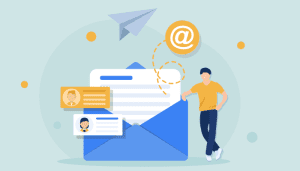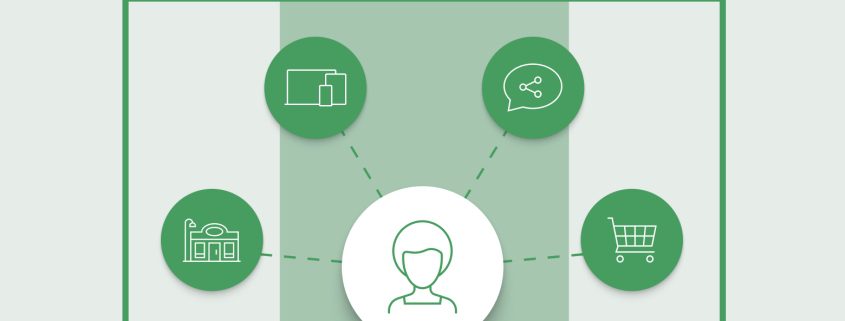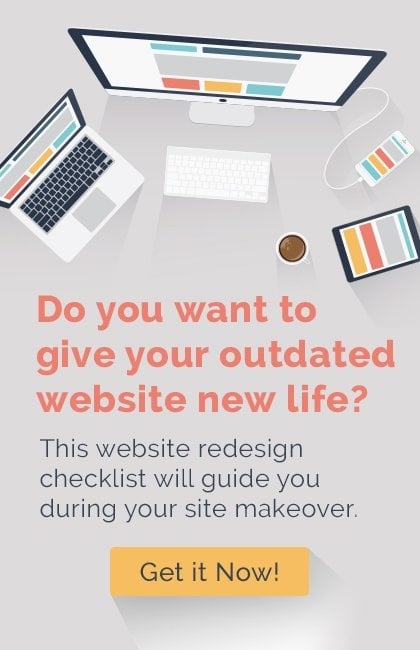
Maximizing Email Personalization
Black Friday is one of the largest shopping days, where consumers buy everything from electronics and household items to software, services, and subscription plans. Whatever product or service you sell, Black Friday allows you to market your business and reach as many prospects as possible. But how can you maximize Black Friday sales? One obvious answer is to tap into the power of email personalization.
For many years, many “marketing gurus” have predicted the end of email marketing, but despite the efforts to market its downsides, email marketing remains relevant and more effective than ever. The beauty of email marketing is that you get to reach a more targeted audience. Plus, if you personalize your emails well and sell a real solution to a real problem, converting prospects to customers is cheaper and faster than the other marketing techniques.
In the sections below, we’ve discussed some of the most effective email personalization techniques you can implement to increase Black Friday sales.
Embrace Email Segmentation

Imagine creating one generic email and sending it to 500 business prospects, i.e., without adjusting anything from the subject line to the closing paragraph. Now, suppose you categorize your prospects into five groups and create an email list for each. And for each category or group, specify the key attributes, such as what sets that group apart.
A perfect example would be categorizing prospects based on age, gender, personal preferences, location, etc. This will allow you to target each email list with a personal touch instead of using a generic email that addresses everyone.
Consider using some marketing automation tools to personalize communication with your customers. Here, you will gather data from your site visits and opt-in forms and use that input to segment your email list further or even feed more relevant information into the various relevant groups.
After successfully segmenting your email list, you can easily and conveniently target your market demographics and increase the odds that those prospects will respond to your email. From then, you can redesign your email campaigns and optimize your marketing to nurture those leads properly.
Use Personalized Content and Messaging
Segmenting your emails and grouping prospects isn’t a silver bullet in the email marketing niche. You still need to personalize the content you’ll be sending these prospects, and that’s where the real email personalization comes in.
Creating personalized content for each group of prospects ensures you are engaging them at a deeper level. How you will target young prospects in their mid-20s will differ from how you’ll target the older prospects enjoying their retirement.
Effective email personalization lies in how the message is conveyed and the intent of that particular message. Still, personalized content doesn’t exist in silos. There’s a need to deploy other email marketing tactics, such as user-generated content, to enhance the personalization aspects of your email marketing campaigns.
Besides helping you connect easily with prospects, personalized content and messaging allow you to understand your customers better. During the research phase, you might discover that a particular group of prospects prefer certain products over others. This will save you a lot of time and money you could spend with generalized marketing tactics.
Instead, you’ll focus on giving them what they want, removing too many choices for them and replacing that with specific and tailored reasons to take action. And the best part of personalizing your content and messaging? Your prospects are ready to help you succeed – In fact, 83% of consumers are willing to share data to facilitate more personalized experiences, according to a recent Accenture Pulse Report.
Optimize with Mobile

Current statistics show that nearly 6.92 billion people use their smartphones to access the internet. That is a whopping 86.3% of the world population. If your email marketing strategies are to take shape and yield positive results, you should target prospects through their smartphones.But what does that mean when you send an email not optimized for mobile? Or, even worse, send a plain email without any design considerations? Well, the results won’t be impressive, no matter how consistent you are with your marketing.
People are becoming wary of random emails and are ready to dodge any direct notifications or messages in their inboxes. And that’s especially true for poorly-delivered emails. But as much as people don’t like to be sold, they still want to buy the products and services that resonate well with them.
One way to make your products and services more appealing to prospects is to deliver them using a well-designed email optimized for mobile. Check if the email has a subject line with the right number of characters, a pre-header text, some graphics, and a great CTA.
Once you incorporate mobile-friendly emails into your overall mobile marketing strategy, you will reach as many prospects as possible, increasing the chances that they will open the email and take the desired action.
Try Episodic Content
The term episodic content means content published as a series of posts. An example would be content about a broad topic broken down into episodes or chapters. This marketing technique often helps avoid information overload and allows prospects to choose their adventure trail.
With email marketing, you can break down your personalized content into relevant chapters. You can then deliver these chapters to your customers regularly, allowing them to learn and build relationships with time.
The goal is to build on previous emails and focus on delivering value to your prospects. With time, you’ll have greatly impacted your prospects, and they will be open to doing business with you.
Final Thoughts
Boosting sales on Black Friday takes a lot more than running some timely email campaigns and giving away insane discounts and offers. What you need to have is an email marketing strategy that’s robust enough to guarantee success.
Depending on your specific type of business, you may need to combine various email marketing techniques to guarantee success. Remember, not all strategies will work for your unique business, so try as many options as possible before picking the best.








